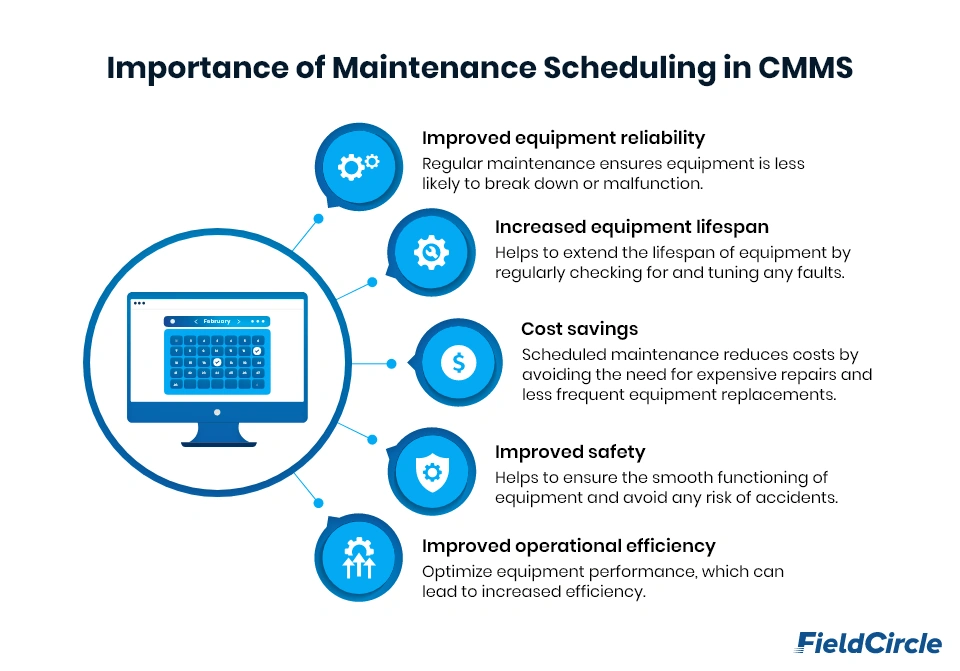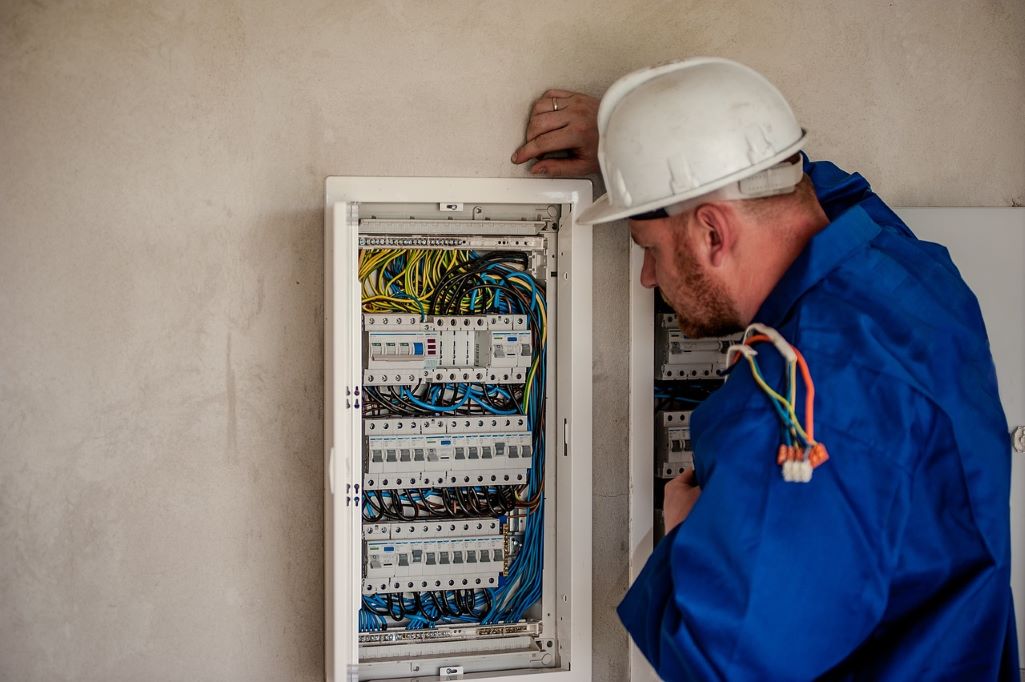How To Choose The Best Metrics For Measuring Maintenance Performance

Metrics help us evaluate the progress and health of our business performance and processes but when the list of metrics become long, it becomes difficult for most maintenance managers and leader to decide the best metrics and how to effectively use them to make data-driven decisions.
Choosing the right maintenance performance metrics helps you identify potential problems before they become more serious, enabling you to take preventive measures before the situation gets out of control.
But how do you select a maintenance metrics? What factors affect the selection of these maintenance metrics?
In this article, we’ll try to get answer to those questions, and will explore various methods and steps that can help maintenance managers to choose the right maintenance metrics to track i.e. we will simplify how to choose the right metrics for your maintenance operations and discuss the factors that affect maintenance metrics selection.
Goal Identification
The first step in choosing the right maintenance metrics is to identify the goals and objectives of maintenance. Goals define what the organization wants to achieve through maintenance activities. It can vary depending on the industry, organization type and business model, and specific assets being maintained.
Some common goals and objectives of maintenance include:
- Minimizing downtime
- Maximizing asset life
- Reducing maintenance costs
- Improving asset performance
- Ensuring compliance
Metrics Identification
After identifying your maintenance goals and objectives, the next step is to determine which metrics align with them. For example, if your goal is to minimize downtime, you can track metrics such as Mean Time Between Failure (MTBF) and Mean Time To Repair (MTTR). If your goal is to increase equipment reliability, you can track metrics such as Overall Equipment Effectiveness (OEE) and Equipment Failure Rate.
It is also important to consider the limitations of each metric and any potential biases or confounding factors that may affect the accuracy of the data. For example, MTBF may not accurately reflect the reliability of equipment if maintenance activities are not performed consistently or if the equipment is subject to extreme conditions.
Data Source Identification
Data sources can vary depending on the metric, but some common sources are equipment logs, work orders, and maintenance software. This ensure that the necessary data is available and can be collected consistently and reliably. Additionally, it is important to consider the quality and reliability of the data source when choosing the right metric to track. Data sources that are prone to errors or inconsistencies can lead to inaccurate or incomplete maintenance metrics.
Decide the data collection frequency
This is an important step as it determines how often data needs to be collected and analyzed to ensure that maintenance activities are meeting their goals and objectives. The frequency of maintenance data collection will depend on the metric being tracked and the goals and objectives of maintenance. Some metrics may require frequent data collection, while others may only need to be collected on a monthly or quarterly basis.
For example, maintenance metrics related to equipment downtime or failure may need to be collected on a daily or weekly basis to identify patterns or trends. On the other hand, metrics related to equipment lifespan or maintenance costs may only need to be collected on a quarterly or annual basis.
Set a baseline
A baseline is the starting point for each metric, which helps you measure progress and identify trends. Setting a baseline involves determining a target performance level that you want to achieve for each metric. Thus, it is only with baseline that you can prioritize which maintenance performance metrics to pay attention to.
This target should be realistic and achievable and should be based on your goals and objectives for maintenance. Based on this baseline, you have to choose the right maintenance performance metrics. For example, if your goal is to reduce equipment downtime, you may set a target for the average number of hours of downtime per month.
A baseline offers a point of comparison for establishing goals for future performance. Without it, it becomes challenging to decide what degree of performance is feasible or desirable.
Leverage to measure performance
Before finalizing your metrics, you should consider whether each metric is useful for performance improvement. It is not enough to simply track metrics for the sake of tracking them, rather, the data obtained from each metric must be actionable and contribute to improving maintenance performance.
For example, if a metric does not provide useful information or does not contribute to achieving your goals, it may not be worth tracking.
When evaluating the maintenance metrics, it is important to consider the following questions because these factors influence the selection of metrics:
- Does the metric provide relevant information?
- Is the metric easy to understand and interpret?
- Can the metric be used to identify trends and patterns?
- Is the metric actionable?
Select only relevant metrics
While it may be tempting to track as many maintenance metrics as possible, it is important to avoid going overboard. Too many metrics can make it difficult to focus on the most critical metrics and can lead to information overload. It is recommended to focus on a few key metrics that align with your goals and objectives.
You can narrow your attention to the most crucial elements of your maintenance programme by choosing only pertinent metrics. By doing this, you can be confident that you are not wasting resources analyzing elements that have no bearing on the efficiency of your assets.
Also read: 9 Overlooked Benefits of Maintenance Metrics Tracking
Takeaway
Selecting the right maintenance performance metrics is a crucial aspect of maintenance planning but knowing how to choose the right metrics and priotitization is even more critical. The process of selecting the right metrics is influenced by several factors, including the asset’s criticality, objectives, and research.
In some cases, existing research or industry standards can guide the selection of metrics. However, in other cases, it may be necessary to conduct trial and error to determine the most relevant metrics for a particular situation. This may involve monitoring several different metrics over a period to identify which ones provide the most valuable insights into asset performance and maintenance needs.
Ultimately, selecting the right metrics can significantly improve maintenance planning and help maintenance teams become more efficient.
If you want to understand which maintenance metrics you should select for your business and how you can track them accurately, allow us to offer you assistance.


